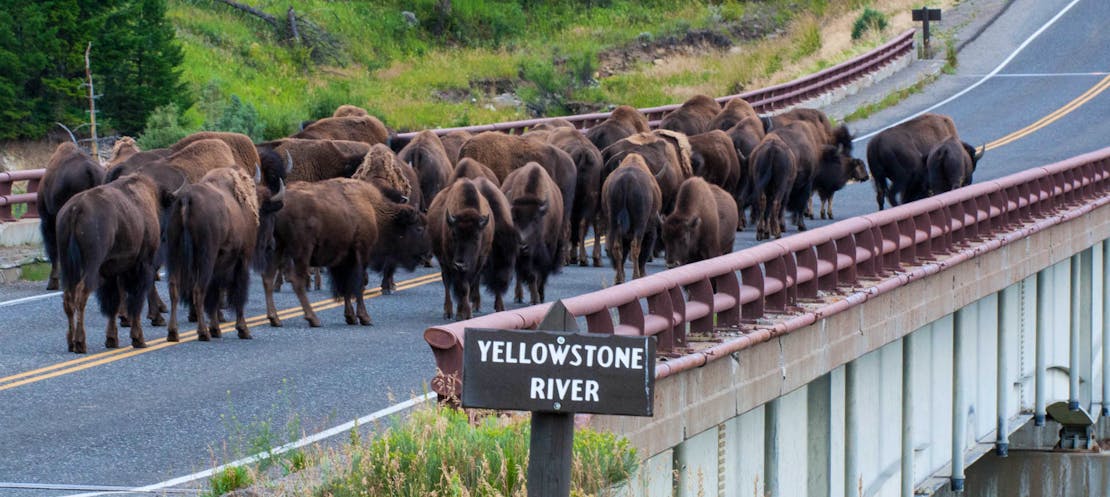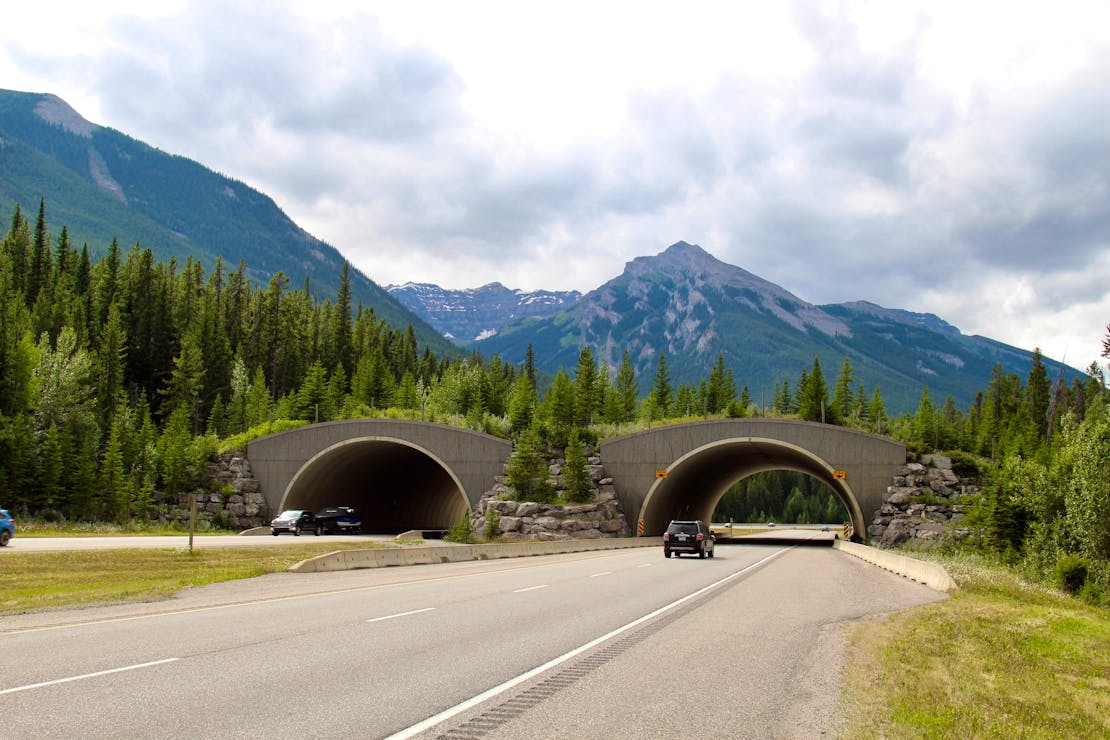Coexisting with Wildlife
With the climate crisis looming larger every day, people are trying to find ways to make conservation a part of their daily life. We must share land, water and sky with a wide variety of wildlife. Interactions between us are increasing as climate change shifts animals’ habitats and species are forced to scatter to new areas.
Creating Wildlife-Friendly Backyards
If you have a backyard, you have a precious resource to practice conservation. There are many ways to make your backyard more wildlife-friendly, including buying bird feeders and baths, planting native trees and plants, and eliminating the use of pesticides.
Handling Wildlife Encounters
When you’re traveling, you may come across animals attempting to cross the road. The best way to help wildlife cross safely is to observe the speed limit and stay vigilant to wildlife on the side of the road.
Not Feeding Wildlife
Animals often travel because they are seeking food. When bears, in particular, have gotten a taste of human food—by rummaging through trash containers or, in some cases, being directly fed by people—they quickly become conditioned to it and want more. This is especially true for black bears when it’s hard to get enough of their natural food.
The easiest way for people to help avoid this is to never feed wild animals, and to secure food and trash in animal-resistant containers. Trash left behind in nature is harmful to everyone. Birds and other animals can trap themselves in plastic rings, plastic bags or even get stuck in nets left behind by fishers. Do your part by picking up after yourself when camping, fishing or otherwise enjoying nature.
Ensuring Safe Passage for Wildlife
Another way to help animals move safely from place to place is by connecting wild spaces with “wildlife corridors.” Defenders works to protect the connective corridors (like pathways, intersections and animal crossing bridges) that allow wildlife to move. Some of these paths may be right in your neighborhood.
Advocacy for Habitat Protection
We are currently advocating for the Wildlife Corridors Conservation Act that would establish a National Wildlife Corridors System to provide protection and restoration of habitat connectivity for native fish, wildlife and plant species to support migration and the ability to move freely within wildlife habitat—something often required to survive, especially as climates and landscapes change.
Real Projects in Action
Here are a few projects Defenders is actively working on:
In the Pacific Northwest, we are urging officials to remove outdated and destructive dams, like the four on the lower Snake River, to assist salmon in reaching their spawning grounds and the ocean.
In Florida, we are working with the solar industry to ensure that siting of new renewable energy facilities is compatible with protecting important habitat corridors for the Florida panther and other species.
Defenders is also working to reconnect wildlife habitat along the U.S. Mexico border that have been cut in two by the construction of the border wall. We’ve called on the Biden administration to open all gates in the wall so that wildlife can freely pass.
We continue to work with the U.S. Department of Transportation, the U.S. Forest Service and the Bureau of Land Management to encourage the installation of wildlife-friendly fencing and crossings along roadways. Under- and overpasses help guide animals across roads without putting them in direct contact with vehicles. Research shows that wildlife crossings save money and lives, both human and animal.












Follow Defenders of Wildlife
facebook bluesky twitter instagram youtube tiktok threads linkedin